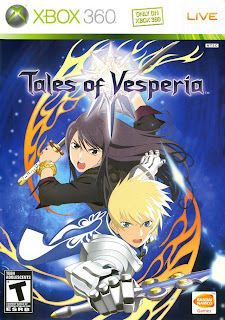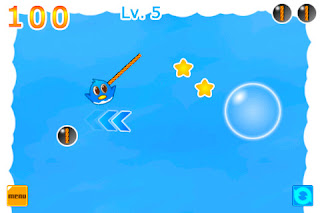This was all too noticeable in the presentation of and attendance for the featured guests from Production I.G:: storyboarder and episode director/producer Koudai Kakimoto (pictured left) and animator Satoru Nakamura (center). Neither appeared in the main program guide, and Nakamura alone was brought to people’s attention via a separate Additions & Corrections flyer shared with voice actor Greg Ayres and webcomic artist Dave Lister. Still, the convention did a great job in getting guests of such quality, even if it was for an attendance of 20-some people in the Main Events area.
Organized by Universal Animation, this was the most streamlined incarnation of the fan-run convention I had experienced as con-goer and press. Rights and allowances were immediately explained, schedules were clear, and, despite being crowded, attendance levels did not hinder room or building changes. One drawback of tight scheduling, however, was the lack of grace period between panels. This lack of time meant consecutive panels sharing the same room either had to stop early to pack up, let the incoming panelist set-up during the end of the established panel, or cause the next panel in the same room to start late. The latter was the most frequent, and all three variants lent to an abbreviated experience for panel attendees. As observed with many a panel, there also seemed to be technical equipment acquisition problems and connection difficulties concerning A/V equipment that further delayed eagerly awaited presentations and discussions.
Such delays were minor, however, when you consider the variety of quality panels there was to choose from throughout all three days. Some of my favorites, in no particular order, included the Reverse Thieves’ Best Manga You Never Read (TOKYOPOP Edition), Evan’s Satoshi Kon Tribute, Charles Dunbar’s Kowai: Ghosts, Yokai and Fear in Japan, Japanese Theater, and Suminagashi: Floating Ink. The only drawback to the panels in general was the room assignments. Workshop and panel rooms meant to hold small to medium audiences were at least on a couple of instances (Totally Subversive Toons, These are a Few of My Favorite Scenes) given to panels that typically draw large crowds, leading to long lines comprised of a larger ratio of disappointed than grateful attendees.
The Dealers Room had what seemed to be a good variety of product, some at decent prices, and Artists Alley, as thoroughly covered by Narutaki of the Reverse Thieves, offered up some surprisingly fresh and original wares. Sadly, I never made it to the building where the games were being hosted as I spent most of the three-day convention panel-hopping. To my surprise, the only chance I would have gotten was Saturday, generally the busiest panel day of any con which felt very relaxed schedule-wise. The Reverse Thieves, Evan, and I even found time to sit down to record a mini-podcast (lost forever due to the fickle whim of iTechnology). So in place of that group reflection, I’d have to say AnimeNEXT 2011 was a darned fun time filled with good panels and good people at a great location. There are still kinks to be worked out concerning panel planning in terms of room size vs. demand, but overall the convention is one I will happily return to given its current quality and future potential.
EDIT: Check out Evan's photos from the convention in the Flickr slideshow below! Ink's are available right here.
Click here for more of our AnimeNEXT 2011 coverage


 News
News Reviews
Reviews Features
Features Columns
Columns Podcast
Podcast
















